From Jodhpur to Bengaluru via Mumbai, it has been a long ride for Ola's Ankit Bhati
Sindhu Kashyaap
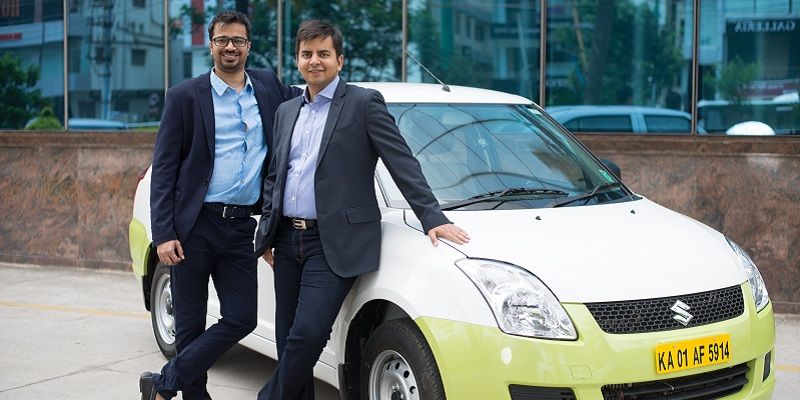
Monday September 18, 2017 , 10 min Read
Starting as Ola Trips to Ola now, with a valuation of $3.5 billion and a presence in over 100 cities, elusive co-founder and CTO Ankit Bhati recounts the ride.
Over two years and several rounds of back-and-forth later, Ankit Bhati finally agrees to meet YourStory. The co-founder of one of India’s most valued startups, Ankit chooses to keep a low profile, evident from the fact that the Ola Chief Technical Officer is hardly seen at events and for product launches.
As the company he co-founded with friend Bhavish Aggarwal seven years ago scaled new heights and won accolades, Ankit watched from a distance. “But that has always been the case,” he says.
The shy, bespectacled man from Jodhpur can count the company events he has attended on his fingertips, all the while working to build the entity that today is valued at $3.5 billion, and a tech team that has over a 1,000 people.
Apartment tales
In 2010, when Ankit and Bhavish started Ola Trips, it was the latter that would be out in the field trying to sell trips, while Ankit stayed holed up in an old apartment near IIT Bombay, coding the website.
“I have always been a curious person. I come from a middle-class family in Jodhpur and for us, computers were a luxury. But they always intrigued me. In the late 90s, this meant saving your pocket money so you could visit a cyber café and spend time on chatrooms to discover the world of internet,” reminisces Ankit.
With big-city dreams, Ankit’s first stop was IIT Bombay, where he spent most of his time at the computer centre.
Things are very different today, and yet the same, as Ankit and his team deal with new technology and the challenges that it brings, on a daily basis. Seven years in operations and it’s impossible not to have encountered many technical glitches, but the team strives on.
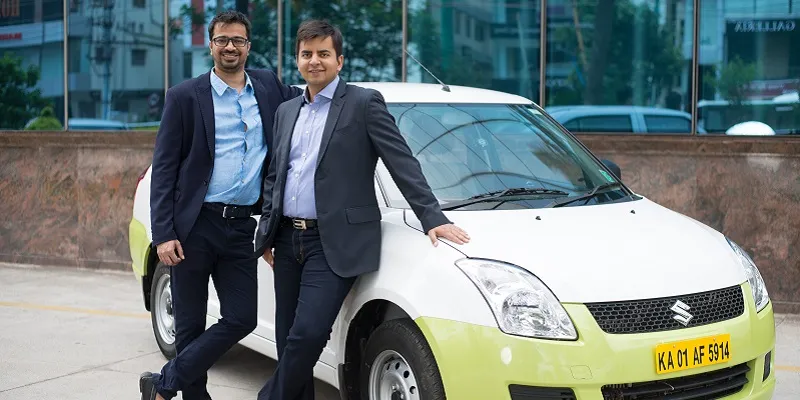
The love for data
Though a technology company, Ankit believes it is data that will give Ola the advantage over its competitors. “Even during my days at IIT and at the computer centre, I realised the importance of data and how that would drive innovation,” explains Ankit.
It is using this very data that, Ankit believes, the company is able to combat glitches and driver partner ‘jugaads’.
“Everyone tries some form of ‘jugaad’ to fight and game the system. While some of the things they (the drivers) do, like asking their friends to book a ride (so as to get a certain number of rides to be eligible for an incentive) or try switching off the system so that surge kicks in, is simple and I can gauge. Some others keep me and my team on our toes. It really is funny, things like trying to barter a deal with the customer. Then it just comes to complete investigation. It feels like we run our own small investigative team in-house!”
The idea is to gather as much data as possible.
“Every morning the ritual begins with understanding data. And that comes with understanding the kind of rides, which categories get the most traction. What the customers need, what are the driver ratings, what is in the quickest possible time for a driver partner to reach the nearest customers? How long is a passenger willing to wait for another share customer? There are different and complex nuances today.”
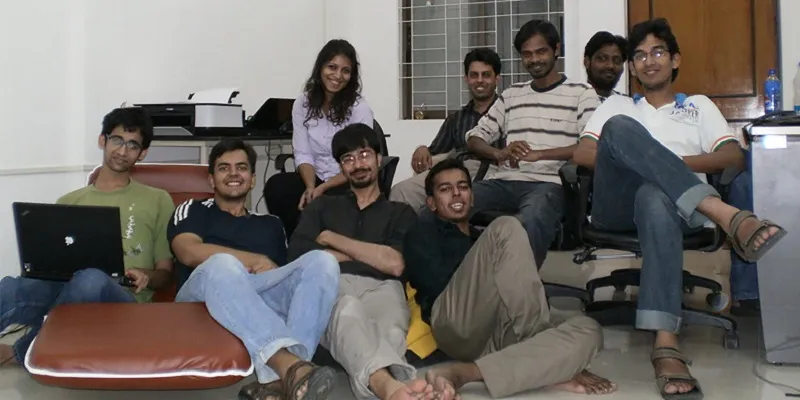
A mechanical engineer with a love for computers
For the mechanical engineering student, computers were a curious choice. “I knew one thing. I had to be an engineer and get access to technology I would otherwise not get access to. Computers intrigued me, they opened a new technological world that earlier didn’t exist.”
“Coming from the kind of family background I did, getting a laptop was totally out of the question. You needed to have a lot of money or be scholarly, and I was neither!”
Spending most of his time at the computer centre, Ankit also became the administrator there.
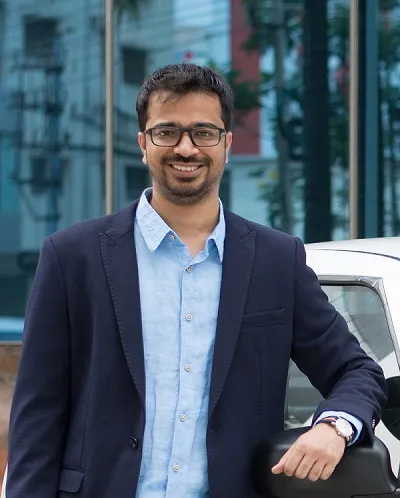
“The college realised that most of the students were spending their time at the centre and were putting up restrictions. I was the obvious choice for leading the protest. I was already at the Sniper level at Counterstrike! I wasn’t going to let go of that easily”.
“I wasn’t into extracurricular activities or hopping away in the basketball court, but I was typing away happily. The only place I could do that was in the computer centre.”
The video game aficionado also built websites and worked on freelance projects in college to make money.
Building the Ola website
Apart from computers, if there was something that interested Ankit, it was cycling and the adventure trips he would take with his friends, particularly Bhavish. So, when the latter came up with the idea of building an experience trip website, he was immediately on board.
With time, the two realised people were keener on booking cabs for social functions or airport pickup and drops on a rental basis. Today, Ankit adds they have come a full circle with Ola Rentals being one of the nine categories on Ola.
“The first thing I built was the landing search page of what you want to book. The next page was to get all the details. Once you book, it didn’t do anything but just send a mail to Bhavish and me. We would go through that email, call all the car operators and check if they are available,” explains Ankit.
Using the technology available back then, the two launched a lightweight MVP (minimum viable product) of the website. Bhavish would personally meet cab operators and onboard them, while Ankit would run the emails and order management system in the backend.
With time, the duo understood customer needs and requirements for cab bookings and began building a robust system.
“You want your confirmations at a certain time, you want details on time, if something is going wrong you want a warning system. If something negative happens, like we can’t provide a cab, how do you work around that. How do manage the entire lifecycle and how do you build that in a product and what is the communication trial you follow, do you SMS, do you call? And how do you scale it when the number touches 10,000?” asks Ankit.
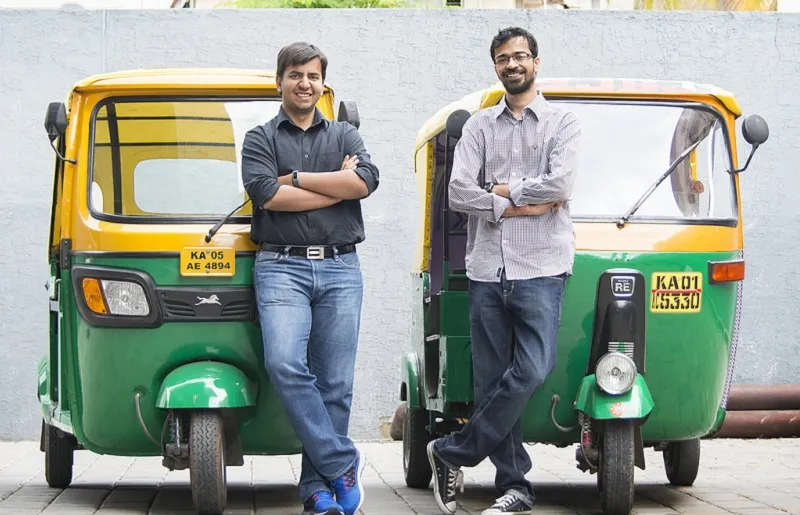
First employees
When Ankit and Bhavish started seeing an increase in scale, they needed more coders and people. Ola’s first employee was Pranay Jivrajka, followed by Fahaad, who managed the call centre.
“The first few employees are always very personal and they make or break your organisation. I would say the stars aligned for us for the first set of employees. The first phone we had was a wireless landline – a Reliance one I think, and it would either be in my bag or Pranay’s or Bhavish’s bag. It would be with us at all times, even if we were going out or meeting friends,” explains Ankit.
Ola soon moved to a 10X10 shop at a mall in Mumbai, aptly named Dreams Mall.
“We shared a wall with a tailor, and we would drink tea together. I remember in that tiny 10X10 office – we couldn't do much with the interiors. But Bhavish would have spent two days trying to optimise the space and draw several different layouts. Should we have a sitting area? After a lot of brainstorming, we cracked the solution of making it an L shaped table – which is what we would have done anyway,” jokes Ankit.
They soon realised that during weekends, a mall was not the best place to be working out of. As the music blared and people chattered away, the team would sit out, taking and making calls. Cut to today, and the conference rooms are sound-proof, and each member of the tech team staff has a cubicle.
The big shift
Two years after setting up operations, and an angel funding later, the team decided to shift base to Bengaluru.
“I would shuttle between Mumbai and Bangalore to set up the tech team here. It was at this point that we faced a major crisis because we didn’t have people. In the evening, I had gone to meet a few friends and I got a frantic call from Bhavish that the website was down. There was one person in Mumbai, my right hand in technology, and we were on phone all night. It was the largest outage. It was a wakeup call that we needed a great team.”
The same year - 2012 - Tiger Global invested $5 million in Series A funding in Ola.
For an online business, website down means business down. And Ola is a real-time business, so there are no pending orders that can be processed later.
The master database had suffered table corruption due to the checks it was running, and had crashed. The team had to replicate the entire data and bring up the server. “What we had lost in an hour, six months down the line we would have lost those transactions in a minute. That was the scale we were looking at. We shifted to Bangalore, we invested in the mobile app, we stepped up our game,” says Ankit.
The first version of the Ola app didn’t have any categories. It was truly a one-touch booking. Today, since they offer multiple categories, they need a confirmation stamp. But functionality has been a key element.
“When we launched our first category as well, our main aim was to remain functional. In the technology sense – design was functional and we learnt to deal with complex business flows. It was important that within all of this that technology was at the core and not as an add-on. A business can run only as fast as a technology can run.”
By 2015, Ola had roped in Sequoia Capital and Softbank as its prime investors. It had also started facing competition from Uber and another homegrown company- TaxiForSure. However, in the same year, the company acquired TaxiForSure for $200 million, setting the stage for a one-on-one battle with Uber.
The acquisition of TaxiForSure led the conceptualisation of the micro category. Initially, though, the focus was on integrating TaxiForSure onto the platform. “The whole process took close to a year, understanding the different requirements and then integrating them,” explains an engineer at Ola.
Another challenge was adding autorickshaw as a category. Ankit says it was pretty much like onboarding the first drivers, but this time around, the founders didn’t have to go out on the streets to convince autorickshaw drivers.
“It always is about being able to simplify things. That is what technology can do. Whether it is simplifying the experience for the customers or for our driver partners, it is about how simple it is to use our platform,” adds Ankit.
Today, Ankit does not need to carry his landline and laptop around. Neither does he need to spend countless hours on the phone firefighting. The Ola journey has been anything but easy, but one would say, well worth it.








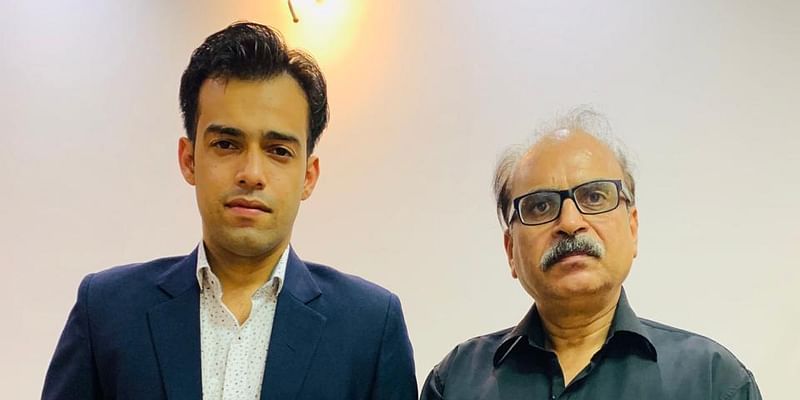

![[The Turning Point] Why pay brokerage? The idea that led to real estate startup NoBroker](https://images.yourstory.com/cs/2/730b50702d6c11e9aa979329348d4c3e/NoBroker-1587120686615.png)